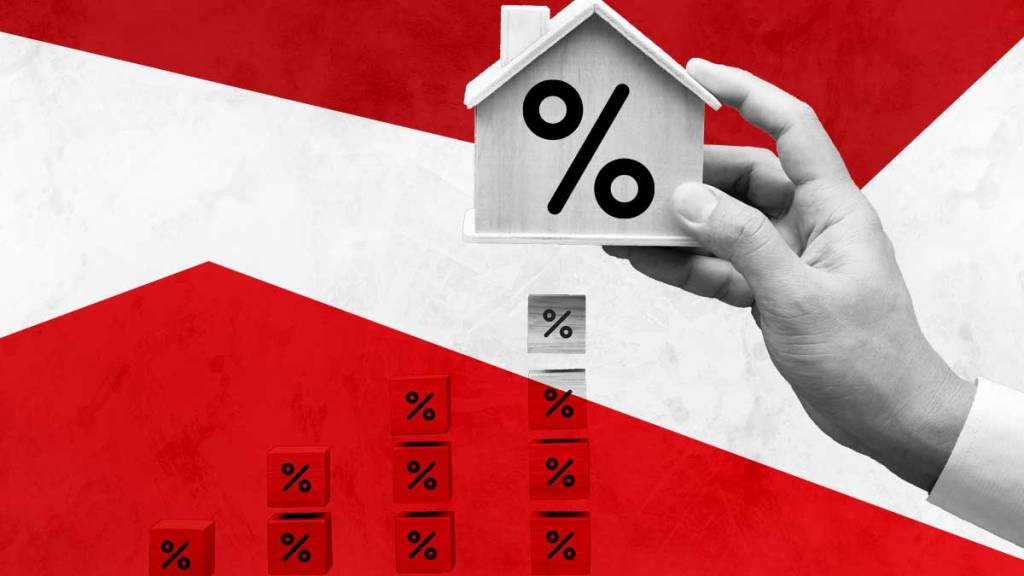Interest rates for mortgage loans broke five straight weeks of declines caused by the bank crisis. This week, the 30-year fixed rate rebounded due to recent data indicating a still-resilient economy, the potential continuity of the Federal Reserve’s tightening monetary policy, and pressures in the secondary market.
“For the first time in over a month, mortgage rates moved up due to shifting market expectations,” Sam Khater, Freddie Mac’s chief economist, said in a statement. “Home prices have stabilized somewhat, but with supply tight and rates stuck above 6%, affordable housing continues to be a serious issue for many potential homebuyers. Unless rates drop into the mid-5% range, demand will only modestly recover.”
Freddie Mac’s Primary Mortgage Market Survey (PMMS) shows the 30-year fixed mortgage rate rose to 6.39% as of April 20, up 12 basis points from last week and 128 basis points from an average of 5.11% this time last year. The PMMS focuses on conventional, conforming loans for borrowers who put 20% down and have excellent credit.
At HousingWire’s Mortgage Rates Center, Optimal Blue’s 30-year fixed conforming mortgage rate was 6.53% as of April 19, up compared to 6.33% the previous Wednesday. The rate is calculated using actual locked rates with consumers across 42% of all mortgage transactions nationwide.
“Mortgage rates are the product of the larger economic environment, including inflation and employment data as well as banking stability and the Fed’s actions,” Hannah Jones, economic data analyst at Realtor.com, said in a statement. “Recent data points to a still-resilient, though cooling economy, leading many to believe the Fed will elect to raise the target rate at next month’s meeting.”
Mortgage rates are following the gain in the 10-year Treasury, which moved from 3.2% in the first week of April to 3.6% this week, according to George Ratiu, the chief economist at Keeping Current Matters.
“Investors are weighing the softening consumer sector and inflationary pressures, along with the shifts in real estate markets, looking for more clarity on the outlook,” Ratiu said in a statement. “Inflation remains a concern, keeping the Fed in a hawkish position, poised to push the policy rate up by another 25 basis points at its May meeting.”
Logan Mohtashami, the lead analyst at HousingWire, said that the banking stress has “gone away” and the 10-year Treasury yield is now stuck at its technical level between 3.21% and 4.25%.
“We are just in a range with the 10-year yield until something breaks in the economy,” Mohtashami said during an interview.
Pressures from the secondary market
To Melissa Cohn, regional vice president of William Raveis Mortgage, the bank crisis still impacts mortgage rates, mainly through the secondary market.
On April 6, the Federal Deposit Insurance Corporation (FDIC) announced a “gradual and orderly” move to sell a portfolio of $114 billion in mortgage-backed securities (MBS) it retained after seizing control of failed regional banks Signature Bank and Silicon Valley Bank (SVB).
According to Cohn, the fact that MBS portfolios are “being dumped into the system” and the Fed is not acting as a buyer or seller is sending rates in the wrong direction.
“We’ve seen signs of a weakening economy, but we’ve also seen a couple of data points showing stronger than expected data,” Cohn said during an interview. “Combined with the fact that there’s so much mortgage debt being sold onto the market, that’s just pushed rates up.”
Cohn explained that it’s all about supply and demand in the secondary market: “If you have more sellers than you have buyers, then that’s going to push prices down and push yields up basically.”
The spring season
Higher rates in the housing market are reducing hopes for a productive spring season.
“While spring is typically a season marked by a lively housing market, this year is proving to be less energetic than previous ones,” Jones said. “Nevertheless, buyer demand shows signs of improvement with each gain in affordability. However, housing demand remains largely stifled as many buyers wait on the sidelines until the cost of purchasing a home becomes more doable.”
According to Jones, a recent Realtor.com survey showed that 82% of homeowners feel locked in by their current mortgage rate. These borrowers got mortgage loans when rates were 2-3% during the Covid-19 pandemic.
Another challenge to the market is the lack of inventory.
“The lack of housing inventory this spring buying season is also keeping many prospective buyers on the sidelines,” Bob Broeksmit, Mortgage Bankers Association (MBA) president and CEO, said in a statement. “While MBA expects mortgage rates to fall to around 5.5% by the end of this year, more housing supply is needed to improve affordability and meet demand.”







